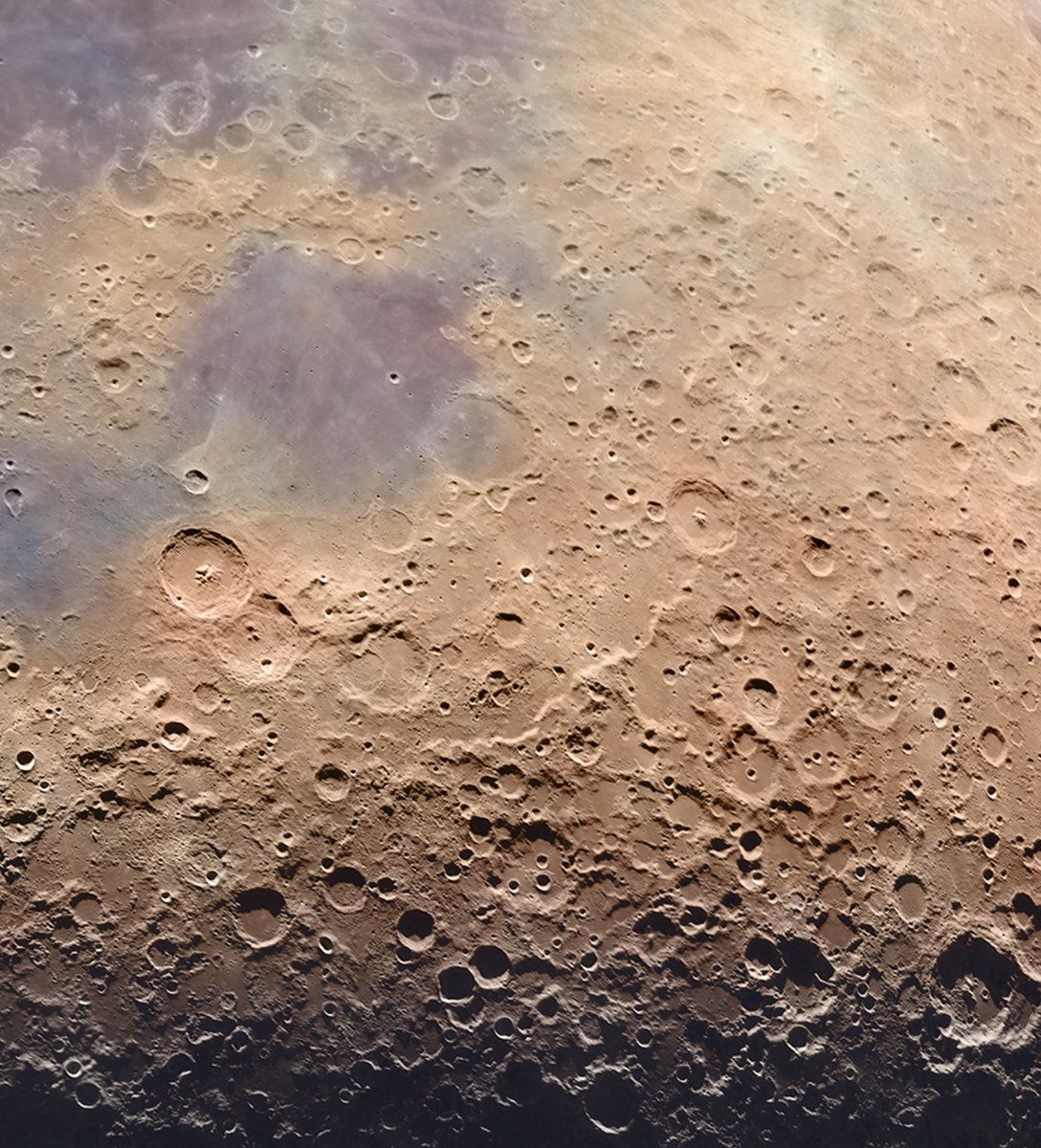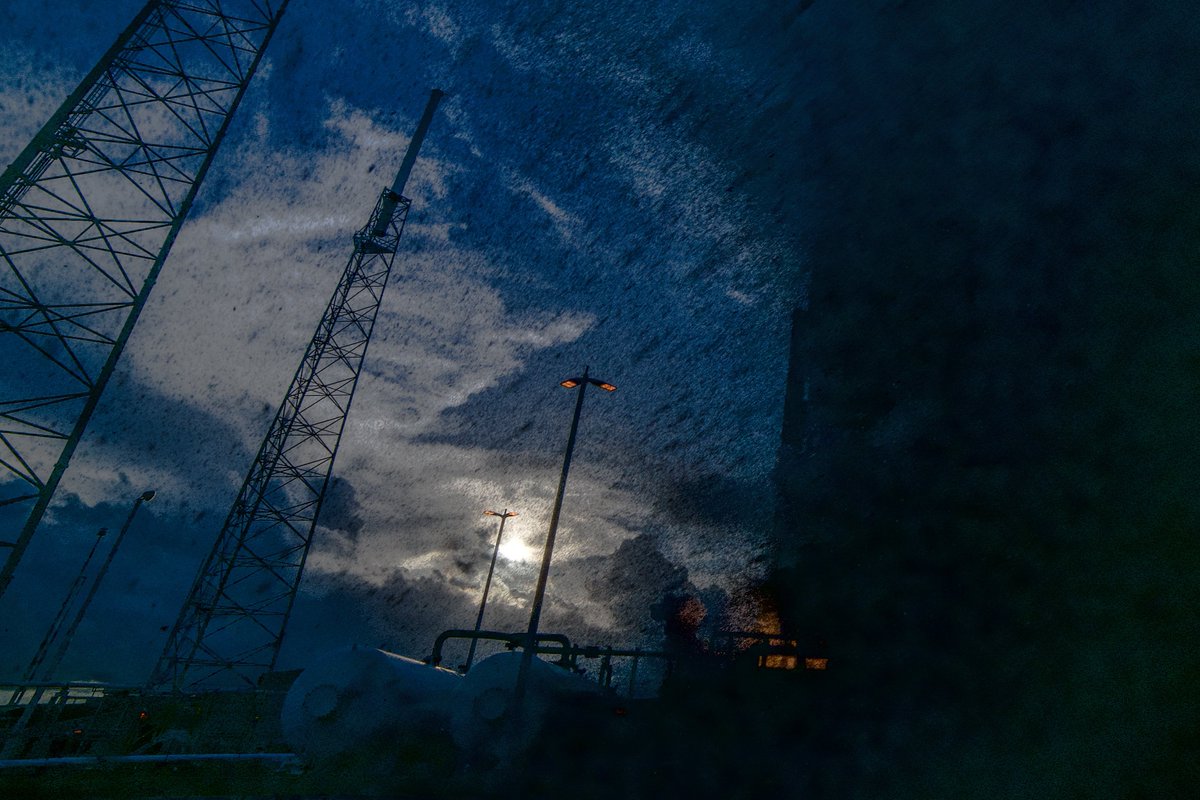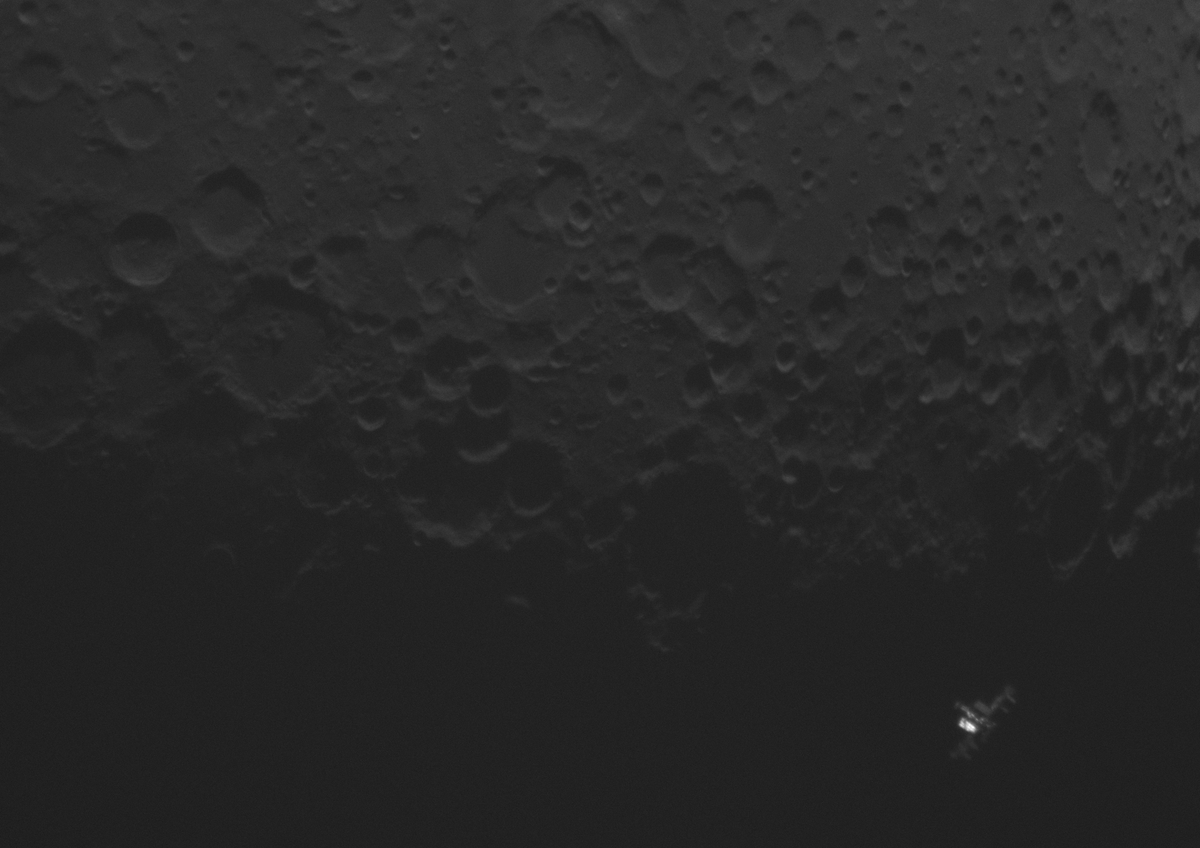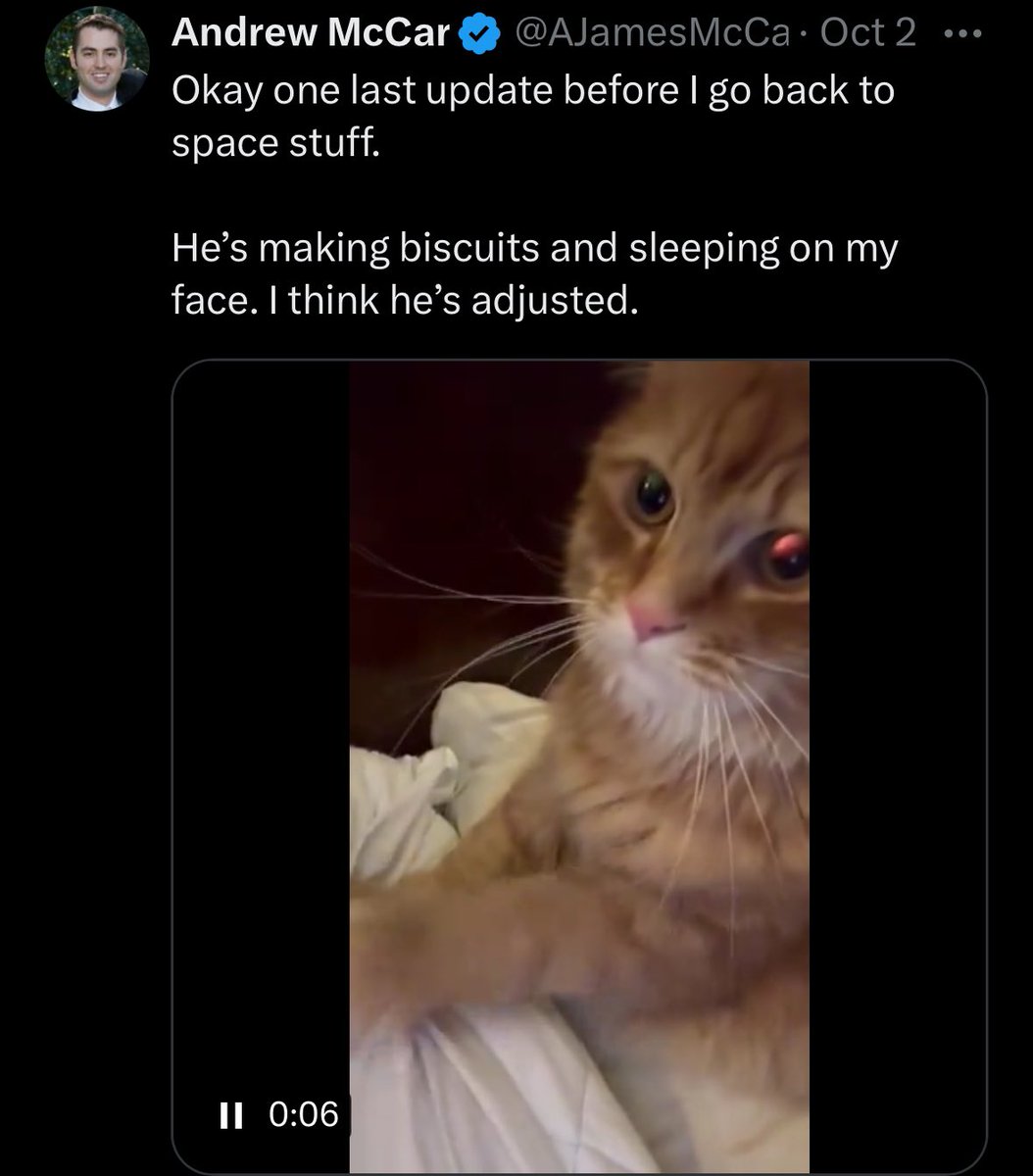My recent video of the International Space Station drew a lot of questions, so before I release the image I captured I thought I would put together a thread describing exactly how you can capture a similar photo! 👇 

If you're not interested in how to do it and just want to know when I'm dropping my new image of the station (I personally think it's one of my best but I'll let you decide) you can see it early by either subscribing to me on twitter or on my website: cosmicbackground.io
Check transit-finder.com.
This allows you to put in your location, date range, and how far you're willing to drive, and it will show upcoming transits. I check this weekly, and see transits coming about a month ahead of time. twitter.com/i/web/status/1…
This allows you to put in your location, date range, and how far you're willing to drive, and it will show upcoming transits. I check this weekly, and see transits coming about a month ahead of time. twitter.com/i/web/status/1…

The arrow shows path of travel from your current location. Many of the results will be far too small to resolve details on the ISS, so I generally skip those ones. "ISS angular size" is most important. 
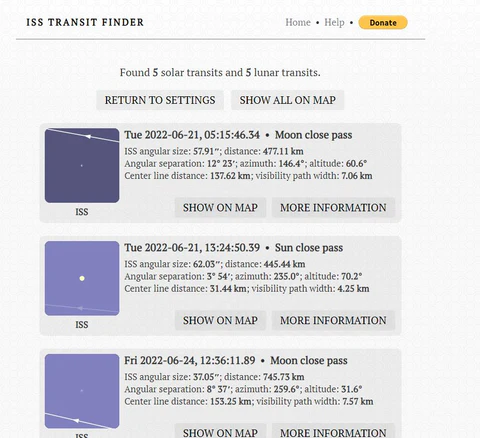
I am lucky to have good equipment handy, but really you just need a lens with a fairly long focal length. I recommend at least 800mm, but I have captured transits with a 350mm lens where I was still able to resolve the solar panels, so don't let your lack of equipment deter you! 

These transits are always under a second, so camera write speed matters. Also, take this time to focus on the subject, and take test frames. Always shoot with the lowest ISO/Gain possible, but keep exposure length at no longer than 1ms or 1/1000s (ISS is fast).
I expand on these tips in this article. I suggest reading it before you go attempting this so you have a chance to learn from my mistakes! Also, sign up for my email list so you can see my latest image dropping tomorrow, I'm super proud of it!
cosmicbackground.io/blogs/learn-ab…
cosmicbackground.io/blogs/learn-ab…
• • •
Missing some Tweet in this thread? You can try to
force a refresh




